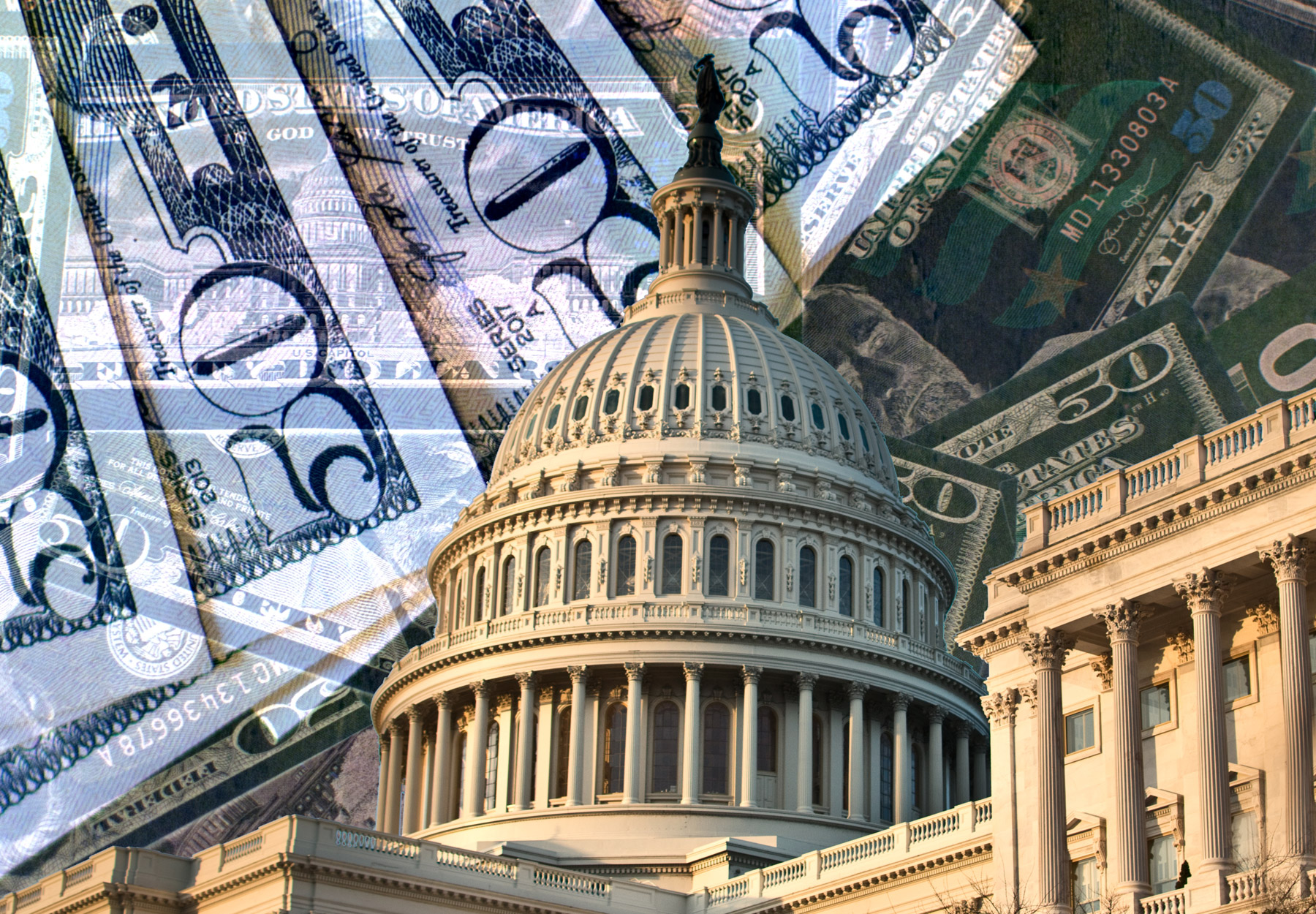PAMA Alert: Hopes for SALSA Relief Die at the Eleventh Hour
Congress fails to include SALSA in the omnibus federal government spending bill passed at the end of 2022, but delays PAMA price cuts once again.

For a while, it looked like the lab industry’s prayers for long-term relief from Protecting Access to Medicare Act of 2014 (PAMA) price cuts might finally be answered. New hopes were ignited in July when Congress introduced a new bipartisan bill called the Saving Access to Laboratory Services Act (SALSA) that would have gone a long way toward defanging the Centers for Medicare & Medicaid Services' (CMS’) distorted market-based pricing and onerous price reporting schemes. But, alas, it was not to be, at least not in 2022, as Congress failed to include SALSA in the omnibus federal government spending bill passed at the end of the year.1
The PAMA “Applicable Laboratories” Fiasco
Passed in 2016, PAMA mandates that Medicare Part B prices for lab tests be based on actual rates charged to private payors in the market where those tests are provided. It’s a perfectly good idea to which few labs would have any objections. The problem is that the regulatory regime that CMS uses to implement the concept doesn’t actually provide for real market prices. The PAMA distortion stems from how the agency defines “applicable laboratories” whose price data counts toward calculating market rates for particular lab tests reimbursed under the Medicare Clinical Laboratory Fee Schedule (CLFS). CMS decided that hospital and community-based labs should not be included in the definition of “applicable laboratories.”
This is an utter travesty. The excluded labs are a large and essential part of the segment. And unlike the small independent labs included in the definition of “applicable laboratories,” these labs have the size and economic leverage to command higher prices from private payors. And as they say, garbage in, garbage out. Excluding hospital and community labs from the PAMA pricing calculation yields prices that are artificially deflated.
The SALSA Bill
Led by the American Clinical Laboratory Association (ACLA), the lab industry has vocally objected to the CMS approach and even gone to court to challenge it. But legislation has seemed to offer the best prospects for relief. In addition to a series of one-year delays of upcoming PAMA price cuts, in 2019, Congress passed the Laboratory Access for Beneficiaries Act requiring the influential Medicare Payment Advisory Commission (MedPAC) to review how CMS has implemented PAMA market pricing. In June 2021, MedPAC concluded that the CMS data collection process did indeed lead to deeper payment cuts than would have been made had price reporting been more representative of the lab industry as a whole. It also called on Congress to address the problem by requiring a random-sampling approach to collecting lab price data while also reducing the number of labs required to report data to alleviate the administrative burden on labs.2
This summer, Congress acted on MedPAC’s recommendations with SALSA, a bipartisan bill introduced by senators from both parties, including Senators Sherrod Brown, D-Ohio, and Richard Burr, R-N.C., and Representatives Gus Bilirakis, R-Fla., Richard Hudson, R-N.C., Bill Pascrell, D-N.J., Scott Peters, D-Calif., and Kurt Schrader, D-Ore.3 SALSA would have:
- Required CMS to use a more statistically reliable representative sample of lab test prices to determine CLFS reimbursement rates;
- Stopped the price cuts scheduled to take effect on January 1, 2023;
- Imposed a 5 percent cap on annual price cuts and increases for any particular test; and
- Provided labs administrative relief by increasing the time between PAMA price reporting periods from three to four years.
The lab industry lobbied hard for passage of SALSA throughout the summer and fall, urging Congress to include the bill in its end-of-year spending package. But according to reports, SALSA hit a bump in the road when the Congressional Budget Office projected that the bill would cost $6 billion over 10 years, thus requiring legislators to make pay-as-you-go cuts from other programs to make it fit into the spending package.4 Ultimately, SALSA didn’t make it into the final spending bill.
Takeaway
Disappointingly, the PAMA status quo remains intact as we head into 2023. The silver lining is that Congress did, for the fourth consecutive year, delay scheduled PAMA cuts and price data reporting by one year.1 However, permanent relief from PAMA price cuts remains an elusive goal. SALSA would have satisfied most of the lab industry’s concerns, but it came at too high a price tag. Meanwhile, the MedPAC recommendation that Congress fix the CMS market pricing scheme remains unaddressed.
References:
- https://www.appropriations.senate.gov/imo/media/doc/JRQ121922.PDF
- https://www.medpac.gov/document/june-2021-report-to-the-congress-medicare-and-the-health-care-delivery-system/
- https://www.g2intelligence.com/congress-acts-to-end-pama-price-cutting-reign-of-terror/
- https://www.360dx.com/policy-legislation/valid-salsa-still-unsettled-legislative-deadline-approaches#.Y7RpK3bMK5c
Subscribe to view Essential
Start a Free Trial for immediate access to this article